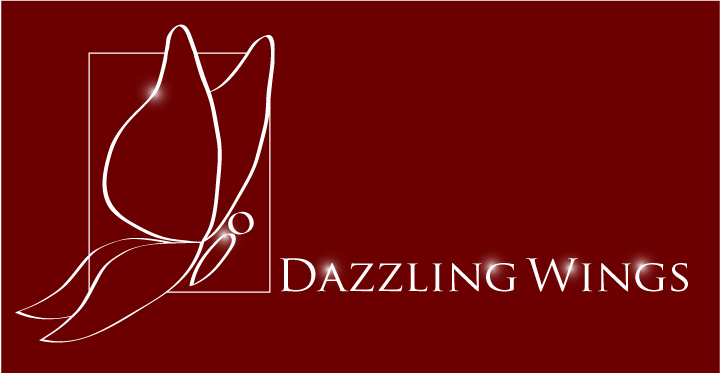Many counselors teach that beliefs shape our emotional responses and our emotions then drive our behavior.
I believe each human being has her/his own unique combination of responses to abuse. Certain universal patterns of victim behavior have been identified by psychologists but exactly how your thinking has been shaped by abuse incidents has individual personality wrapped up along with it. For maximum healing, you need to be willing to do detective work within yourself to figure out what you believed when you were abused.
To give you an idea of how complex it can be, here is a chart I’ve put together to show just a few typical victim behaviors and possible beliefs:
| Belief | Distrusts | Other Feelings | Current Behavior |
| Everyone is dangerous. | Others | Fear | Dresses in loose, baggy clothing and picks an ugly hairstyle. |
| Everyone is dangerous. | Others | Anger | Is suspicious and frequently gets in fights. |
| Everyone is dangerous. | Others | Numbness | Withdraws from “real life” with depression or compulsive behaviors |
| The abuse is my fault. I was too attractive. | Self | Fear | Keep extra weight on to hide beauty. |
| The abuse is my fault. I wanted to be loved. | Self | Anger | Dress provocatively or flirt incessantly. |
| The abuse is my fault. I wanted to be loved. | Self | Anger | Refuse to love anymore. |
| The abuse is my fault. I was too weak. | Self | Fear | Obsessive with weight lifting. |
| I will never be a victim again. | Others | Fear & Anger | Earn black belt |
| I will never be a victim again. | Others | Fear & Anger | Become cold and prickly around others. |
| I am bad. | Self | Worthlessness | Abuse self with addictions or self-injury |
| I cannot deal with the pain. | Self | Fear | Become mentally ill. |
| I cannot deal with the pain. | Self | Fear | Become alcoholic. |
| I cannot deal with the pain. | Self | Fear | Become a workaholic. |
Healing begins in earnest when we can truthfully examine ourselves. How we felt or what we believed at the time of the abuse does not need to remain fixed. By changing what we believe, we can change how we feel about the abuse in the present and how we will behave in the future: Changed Beliefs leads to New Feelings which leads to Healthier Behavior.


No comments:
Post a Comment